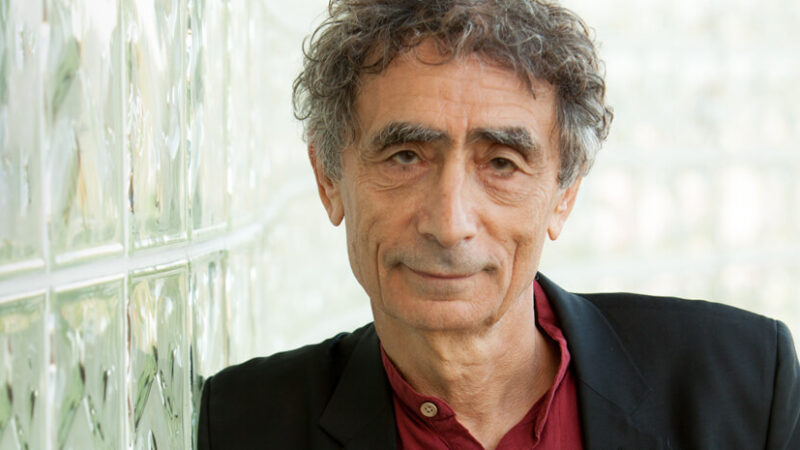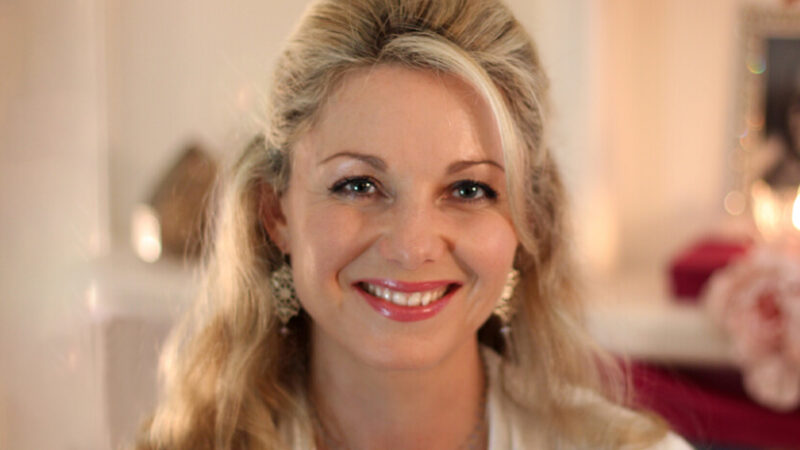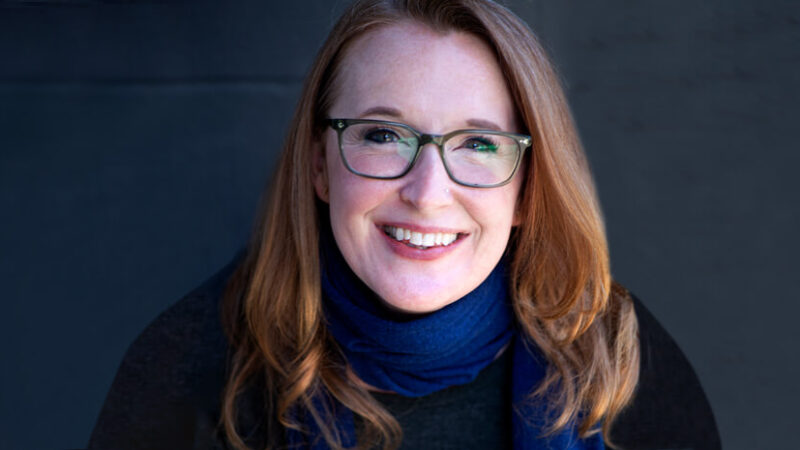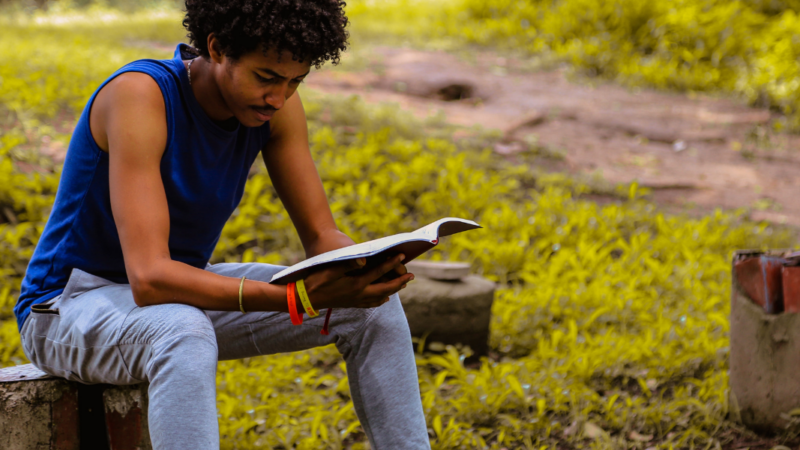-
E117: The Real Work: Letting Go from Within
Michael Singer — October 2, 2025
True spirituality isn’t about mystical experiences or lofty ideals—it’s about honestly facing...
-
Once More: Reflections on Reincarnation and the Gap Between Lives
Tami Simon — September 26, 2025
In this special reflection episode of Insights at the Edge host Tami Simon looks back on her...
-
Honey Tasting Meditation: Build Your Relationship with Sweetness
There is a saying that goes “hurt people hurt people.” I believe this to be true. We have been...
Written by:
Amy Burtaine, Michelle Cassandra Johnson
-
Many Voices, One Journey
The Sounds True Blog
Insights, reflections, and practices from Sounds True teachers, authors, staff, and more. Have a look—to find some inspiration and wisdom for uplifting your day.
Standing Together, and Stepping Up
Written By:
Tami Simon -
The Michael Singer Podcast
Your Highest Intention: Self-Realization
Michael Singer discusses intention—"perhaps the deepest thing we can talk about"—and the path to self-realization.
This Week:
E116: Doing the Best You Can: The Path to Liberation -
Many Voices, One Journey
The Sounds True Blog
Insights, reflections, and practices from Sounds True teachers, authors, staff, and more. Have a look—to find some inspiration and wisdom for uplifting your day.
Take Your Inner Child on Playdates
Written By:
Megan Sherer
600 Podcasts and Counting...
Subscribe to Insights at the Edge to hear all of Tami's interviews (transcripts available, too!), featuring Eckhart Tolle, Caroline Myss, Tara Brach, Jack Kornfield, Adyashanti, and many more.
Most Recent
Gabor Maté: Healing into Wholeness in a Toxic Culture
Celebrated author and physician Dr. Gabor Maté has become one of the world’s foremost voices on the journey of healing from trauma—in large part because it is a path he walks himself. In this podcast, Tami Simon speaks with Dr. Maté about his new book, The Myth of Normal, sharing breakthrough insights into the nature of trauma and some of the necessary steps for our personal and collective recovery.
Give a listen as Tami and Dr. Maté discuss the truth of our interconnectedness; disease as a process, not a distinct entity; self-compassion and honoring our suffering; an inquiry practice—the happy childhood challenge; the emotional work that healing requires; the concepts of wholeness and recovery; the essence of trauma—disconnection from the Self; experiencing your own natural goodness; psychedelics and the veil between the conscious and the unconscious; closing the gap between science and the practice of medicine; learning how to say no before your body does; and more.
This episode first aired live and on video on Sounds True One. To watch Insights at the Edge episodes live and on video, and to access additional bonus Q&A, please visit join.soundstrue.com to learn more.
Christopher Willard: How We Grow Through What We Go Th...
Most of us are familiar with the concept of post-traumatic stress. Fortunately, there’s another way we can respond to extreme adversity. This is what researchers call post-traumatic growth—and it’s something we’re all biologically “hardwired” to access, to turn even our most difficult experiences into a source of resilience and strength.
In this podcast, Tami Simon speaks with clinical psychologist and author Dr. Christopher Willard about “how we grow through what we go through”—which is also the title of his new book. Tune in as they explore how meditation can literally be lifesaving; avoiding the trap of spiritual bypassing; the “10,000 joys and 10,000 sorrows” of our lives; embodiment practices and nervous system self-regulation; mindfulness and the capacity to respond rather than react; the practice of stretching the breath; acting ourselves into a new way of thinking and feeling; how there are many ways to healing and recovery—and finding the best for yourself; the power of posture; the connection between self-compassion and personal transformation; the practice of putting your hand on your heart; becoming a source of co-regulation for others; the concept of downstream and upstream reciprocity; and more.
Miranda Macpherson: The Transforming Power of Ego Rela...
Many of us struggle to truly live what we believe spiritually. What if closing that gap wasn’t about trying harder, but something quite the opposite? “Through the practice of ego relaxation,” teaches Miranda Macpherson, “we can stop trying to beat ourselves into spiritual shape and yield instead to an unshakable presence within.”
In this episode of Insights at the Edge, Tami Simon speaks with Miranda about taking a more feminine approach to spiritual seeking and why that involves creating an atmosphere of unconditional love. Miranda explains ego relaxation, her unique process of letting go of all the qualities that maintain the illusion of being separate from the rest of existence. Considering the roles of trust and vulnerability on the spiritual path, Tami and Miranda discuss what it means to be a channeler of grace. Finally, Miranda leads us in a guided practice for discovering the mountainous presence already available in each moment.
Customer Favorites
Adyashanti: Embracing the World: Resurrecting Jesus
Adyashanti is an American-born teacher trained in the Zen tradition who teaches an inclusive path toward awakening. With Sounds True, he has published several books and audio programs, including Falling into Grace, Emptiness Dancing, and True Meditation. In this episode, Adya draws upon his book Resurrecting Jesus to examine the deep mythic underpinnings of the story of Jesus and how it can serve as a map of awakening. He also talks about Jesus as a revolutionary figure, how the metaphor of the crucifixion helped him process his own experience with intense physical pain, and the redemptive power of love to restore us to our natural state. (79 minutes)
MaryCatherine McDonald: The Trauma Response Is Never W...
For centuries, we’ve been taught that being traumatized means we are somehow broken—and that trauma only happens to people who are too fragile or flawed to deal with hardship. Instead, says Dr. MaryCatherine McDonald, the trauma response proves our spirit cannot be broken. In this podcast, Tami Simon and “MC” (as her students call her) discuss her new book, Unbroken: The Trauma Response Is Never Wrong—And Other Things You Need to Know to Take Back Your Life, and how we might as a society begin to update our understanding of trauma and its healing.
Tune in for this inspiring conversation about the impact of trauma on the narratives that make up our identity; recalibrating the nervous system after trauma; memory and the hippocampus; relearning a sense of embodied safety; dealing with loss in our grief-phobic culture; trauma defined as “an unbearable emotional experience that lacks a relational home”; the unconscious nature of triggers, and how to raise awareness around them; the miracle of your adaptive brain and body; trust and community in the healing of trauma; reconciling life’s ultimate vulnerability; finding resilience and strength in these uncertain times; attunement, holding space, honesty, and other elements that provide a relational home; realizing an anchor in the “tiny little joys”; the healing power of… Tetris?; healthy regulation; and more.
The Simple Magic of a Book
One of the gifts of isolation, solitude, and social distancing is the opportunity to reconnect with pieces of soul and strands of vision that have become lost in the busyness of our ordinary lives.
Reading for many has become a lost art. We can become so used to turning on the news, scrolling through Facebook, becoming lost in hours of YouTube or Netflix, or fused with one electronic device or another. Nothing wrong with any of these, but at times an alternative portal will open.
To take a book and find a place within your home or under a tree or out in the park and go on a pilgrimage with it. Ask the stars to help you to find a place to just be for a while and open to revelation.
It need not be a “spiritual” book, though of course those are fine, too. A book of poetry, a novel, a book of art history, or of mythology.
Allow its images to come alive, its metaphors, its characters… step into the poetic landscape with the figures and enter a state of receptivity and play. Sense what they are sensing, feel what they are feeling as these correspond with the internal others dancing within you.
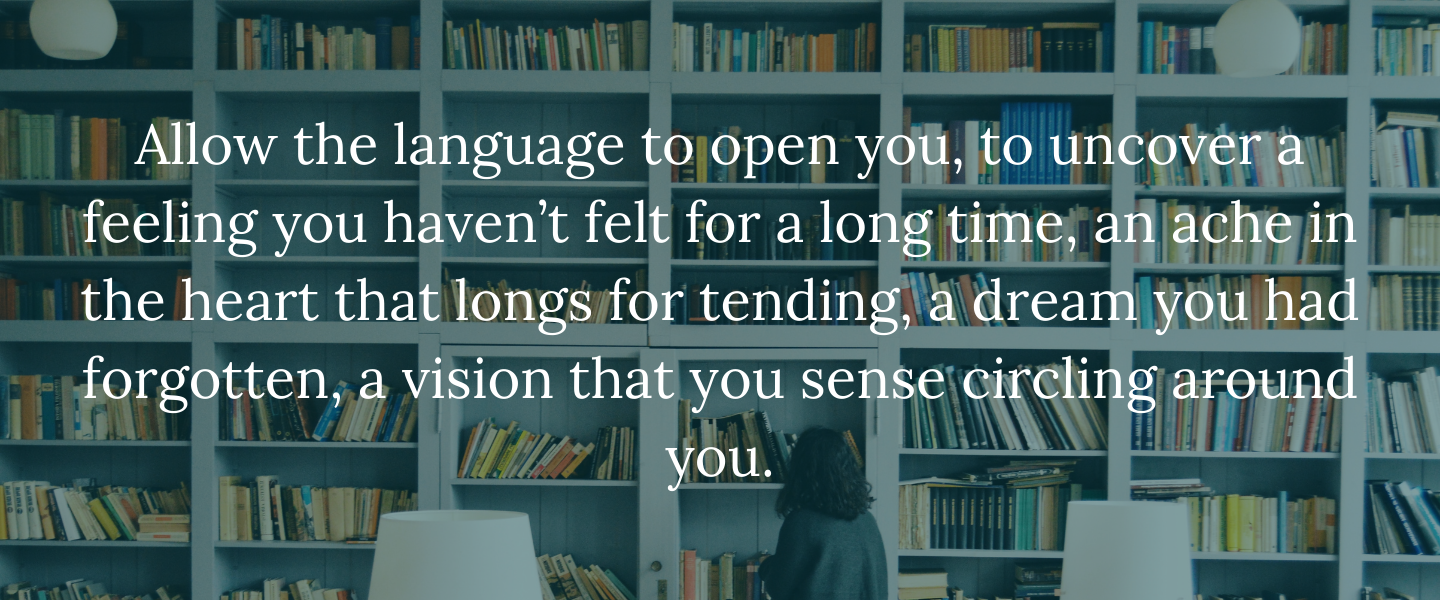
Not necessarily reading for “information,” but for communion. Allow the language to open you, to uncover a feeling you haven’t felt for a long time, an ache in the heart that longs for tending, a dream you had forgotten, a vision that you sense circling around you.
Read a paragraph or two and close the book. Enter the interactional field – with the natural world, with the visions, figures, moods, feelings, and images that seek your attention, your curiosity, your care, and just a moment of your being-ness.
We can so easily forget the magic of this place, of the imaginal realms, of those liminal places in between the physical world of matter and the transcendental realm of pure spirit. In the liminal we can dance and play and see and perceive and sense and intuit something holy.
A good book can help us do this, can serve as a companion as we step into uncharted territory.
Reading has been such an important part of my life. My books are my friends, lovers, allies, guides, and they also challenge me, break me open, tenderize and marinate me in the Unknown. They reveal how little I know about this world, this soul, this heart, this place, and the unique opportunity to be here. I find this so lifegiving.
I fantasize that perhaps in other worlds there are no books. That is sad to think about. For me, at least.
This blog post originally appeared on Matt Licata’s blog, A Healing Space. Redistributed with permission.
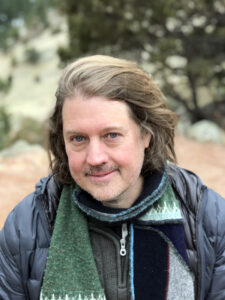 Matt Licata, PhD, is a practicing psychotherapist and hosts in-person retreats. His work incorporates developmental, psychoanalytic, and depth psychologies, as well as contemplative, meditative, and mindfulness-based approaches for transformation and healing. He co-facilitates a monthly online membership community called Befriending Yourself, is author of The Path Is Everywhere, and is the creator of the blog A Healing Space. He lives in Boulder, Colorado. For more, visit mattlicataphd.com.
Matt Licata, PhD, is a practicing psychotherapist and hosts in-person retreats. His work incorporates developmental, psychoanalytic, and depth psychologies, as well as contemplative, meditative, and mindfulness-based approaches for transformation and healing. He co-facilitates a monthly online membership community called Befriending Yourself, is author of The Path Is Everywhere, and is the creator of the blog A Healing Space. He lives in Boulder, Colorado. For more, visit mattlicataphd.com.
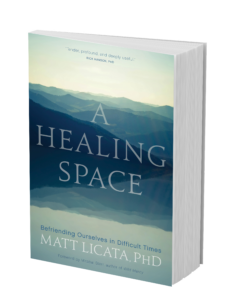
Learn More
Sounds True | Amazon | Barnes & Noble | Bookshop | Indiebound

